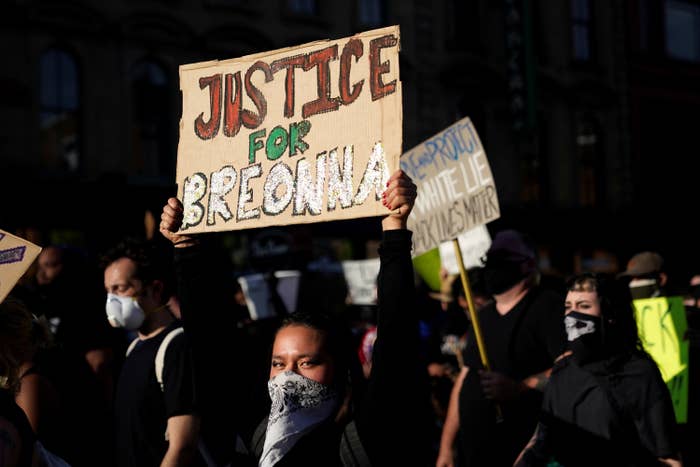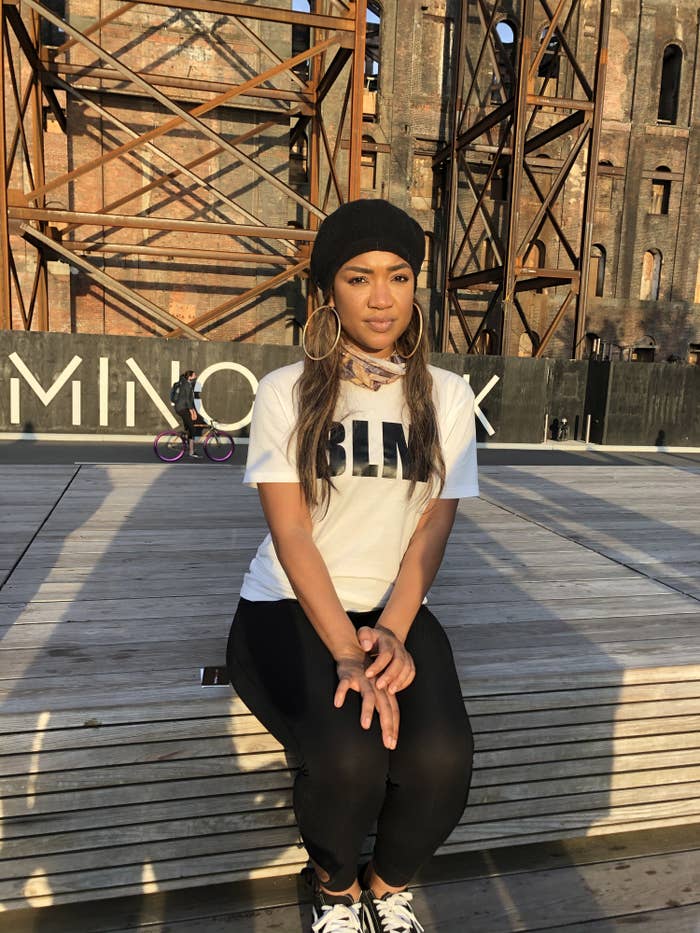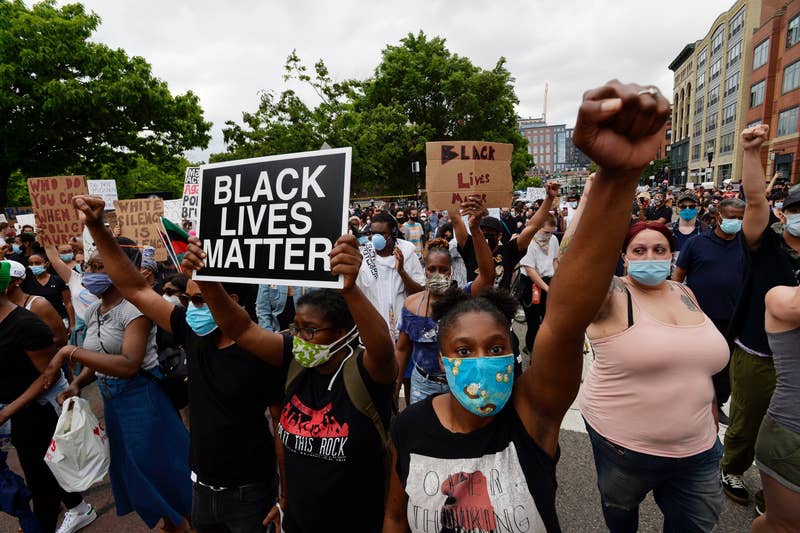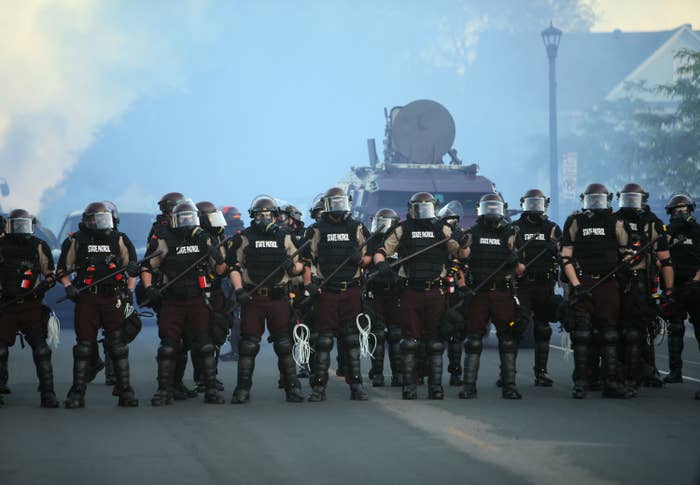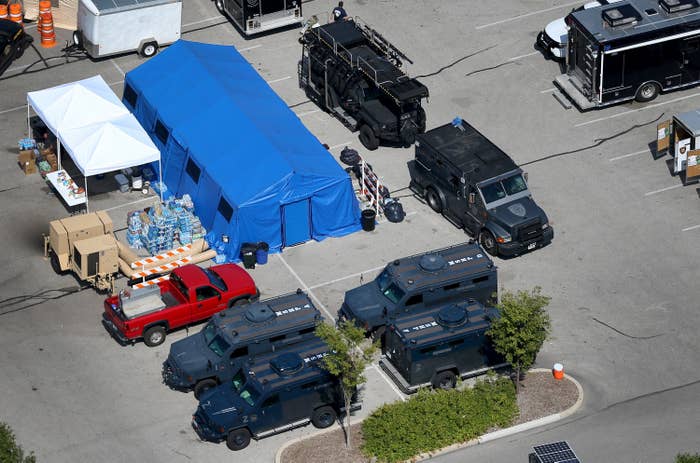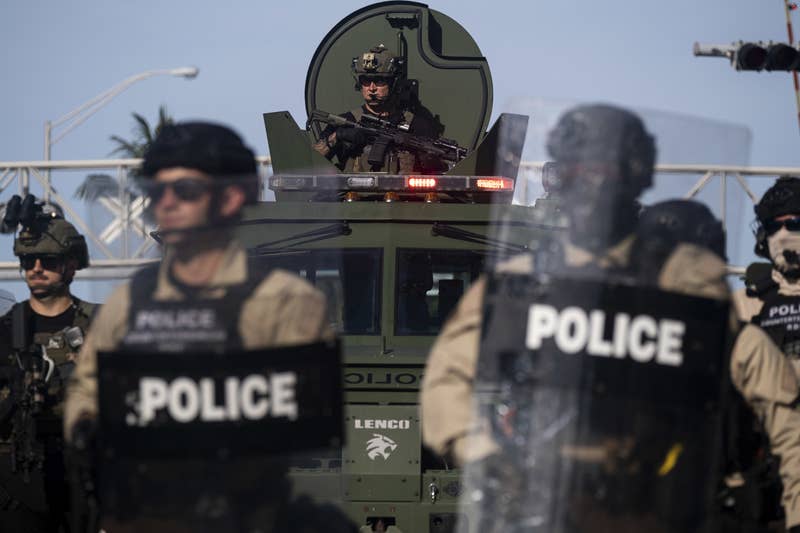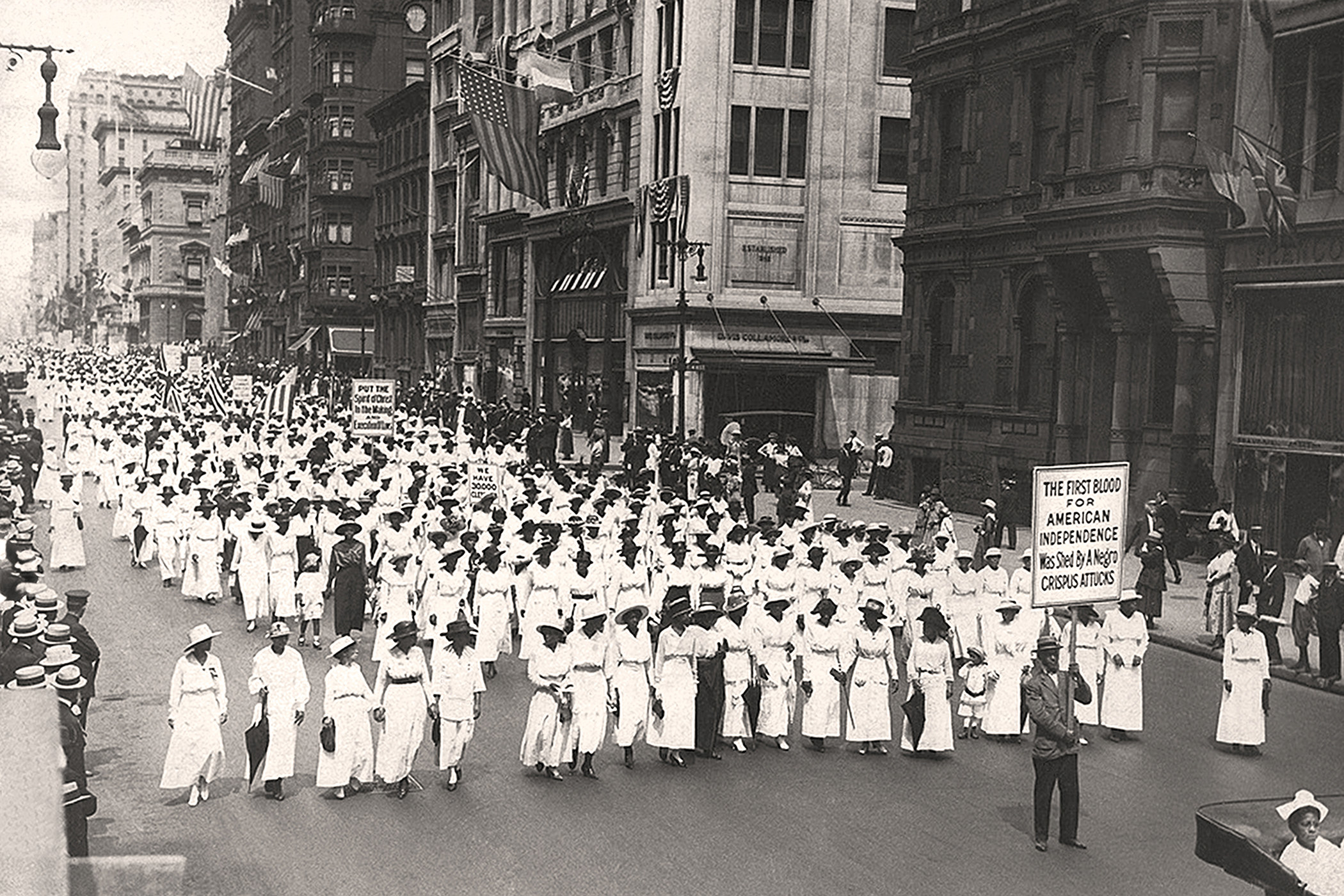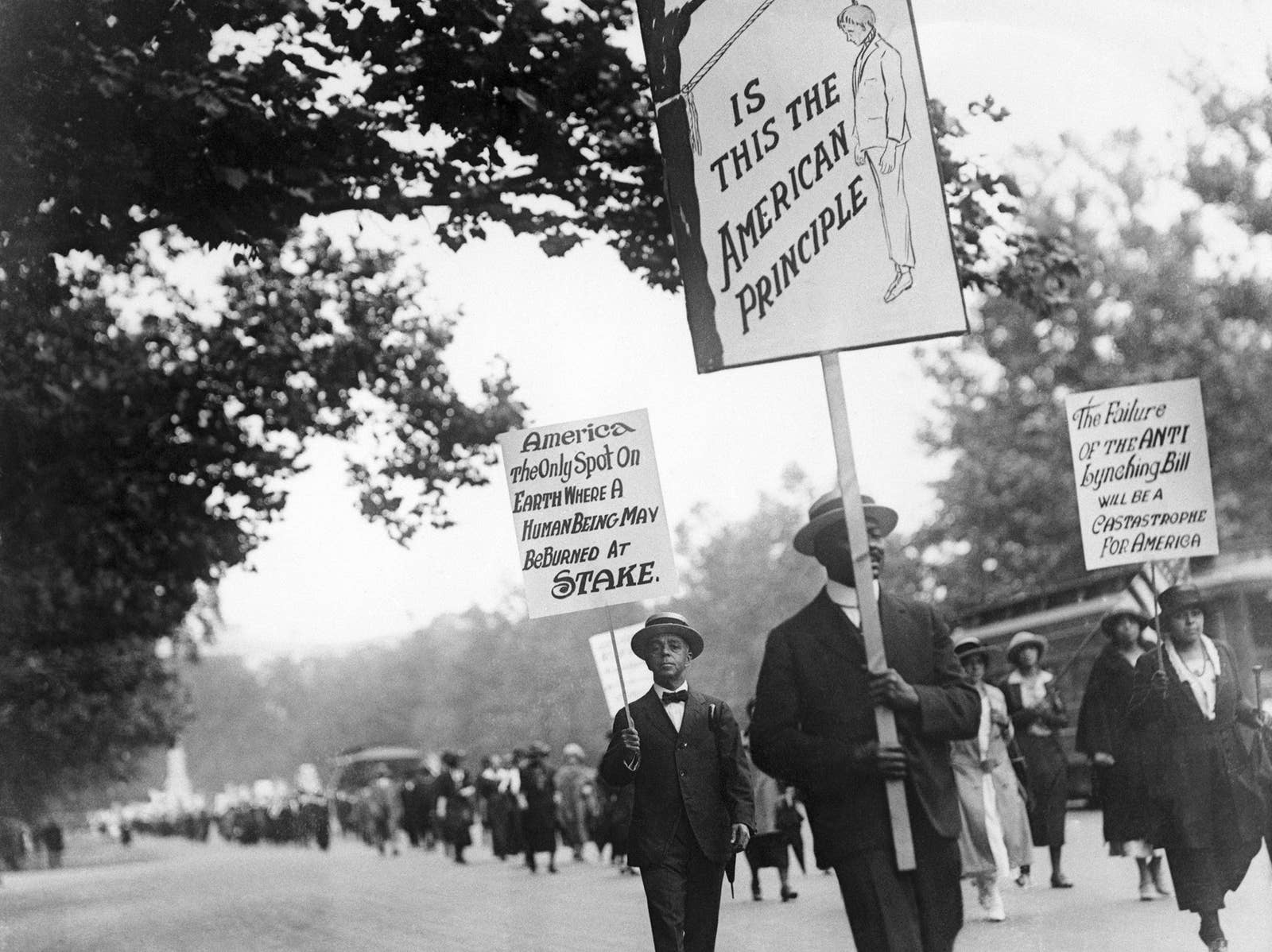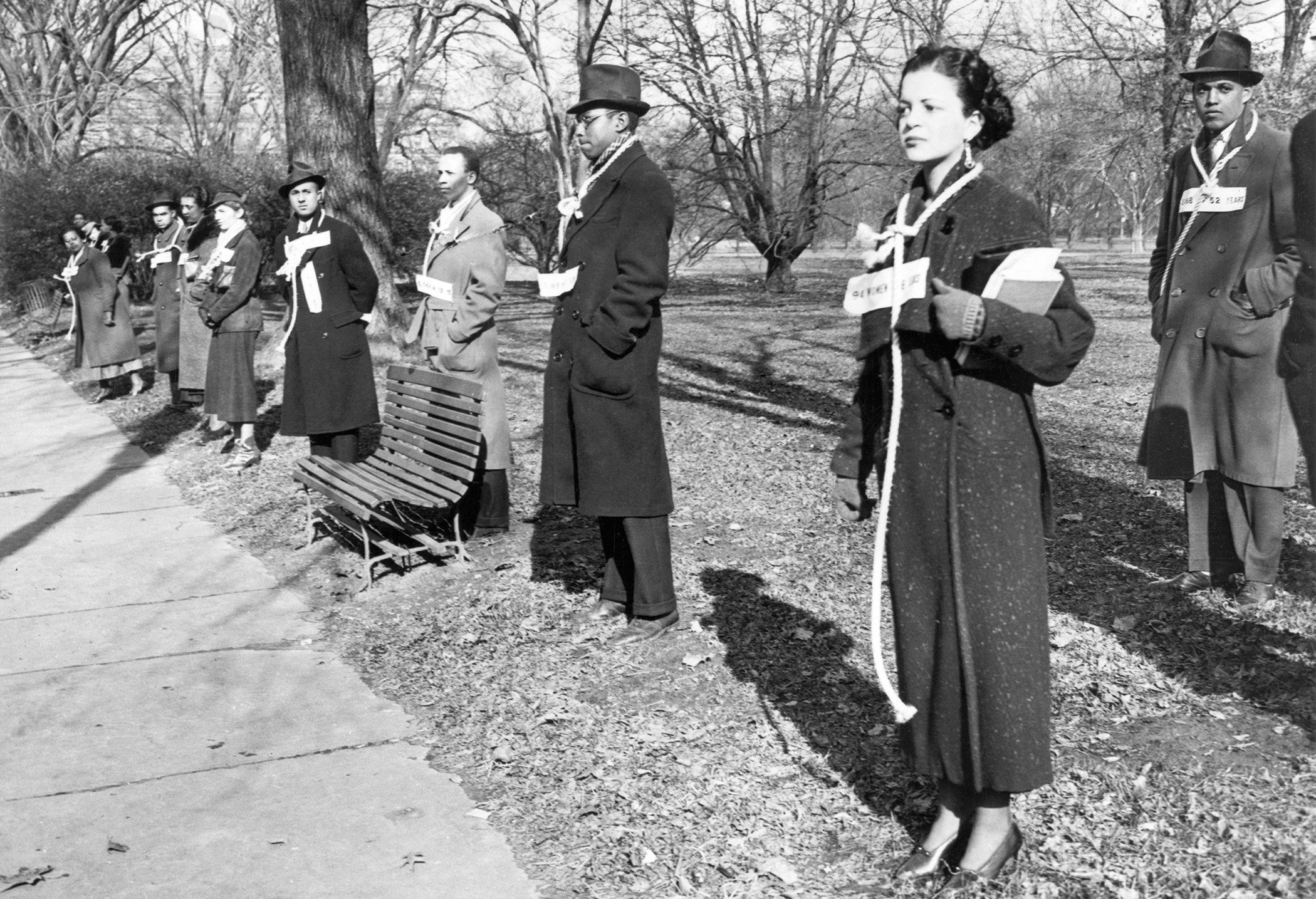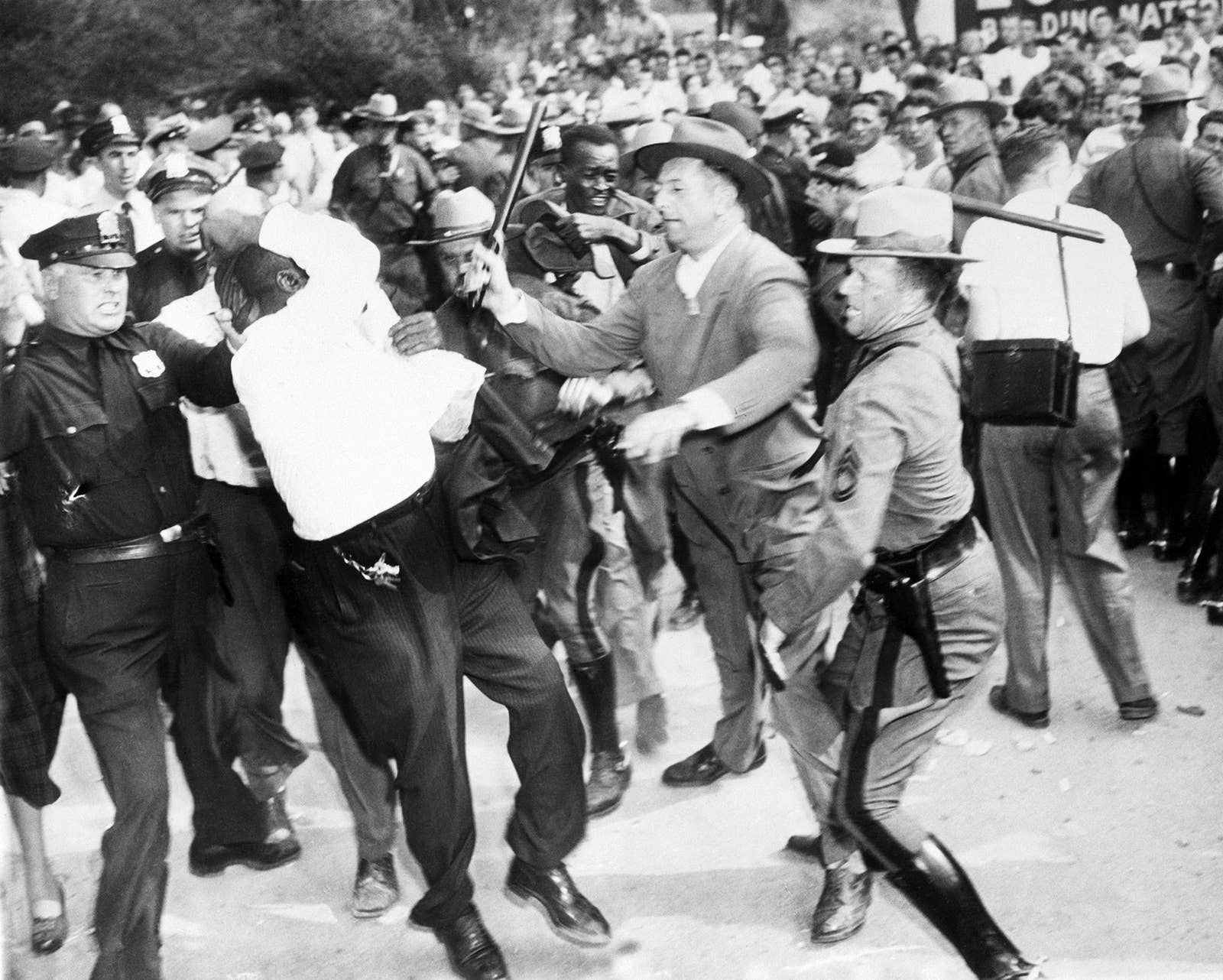THERE ARE NO OUTSIDE AGITATORS
ONLY HOMEGROWN AGITATORS
AND INSTIGATORS
It’s possible that I shall make an ass of myself. But in that case one can always get out of it with a little dialectic. I have, of course, so worded my proposition as to be right either way (K.Marx, Letter to F.Engels on the Indian Mutiny)




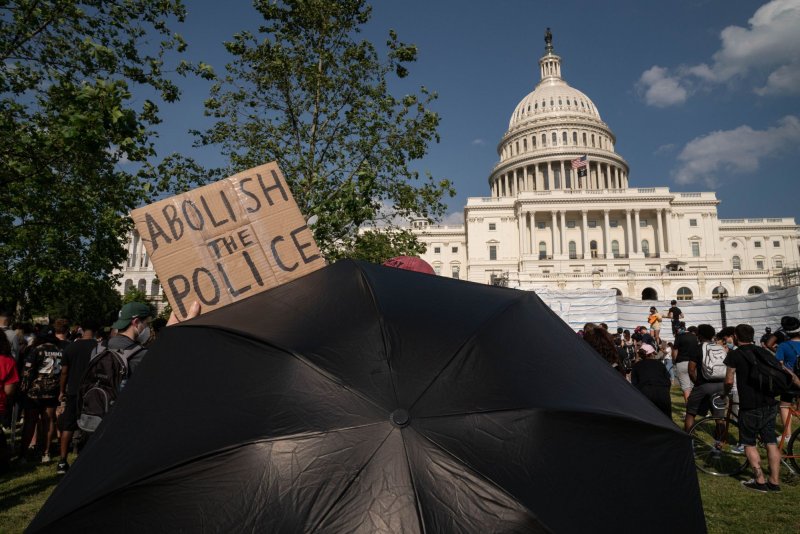


Disbanding an entire department has happened before. In 2012, with crime rampant in Camden, New Jersey, the city disbanded its police department and replaced it with a new force that covered Camden County. Compton, California, took the same step in 2000, shifting its policing to Los Angeles County.It was a step that then-Attorney General Eric Holder said the Justice Department was considering for Ferguson, Missouri, after the death of Michael Brown. The city eventually reached an agreement short of that but one that required massive reforms overseen by a court-appointed mediator.




